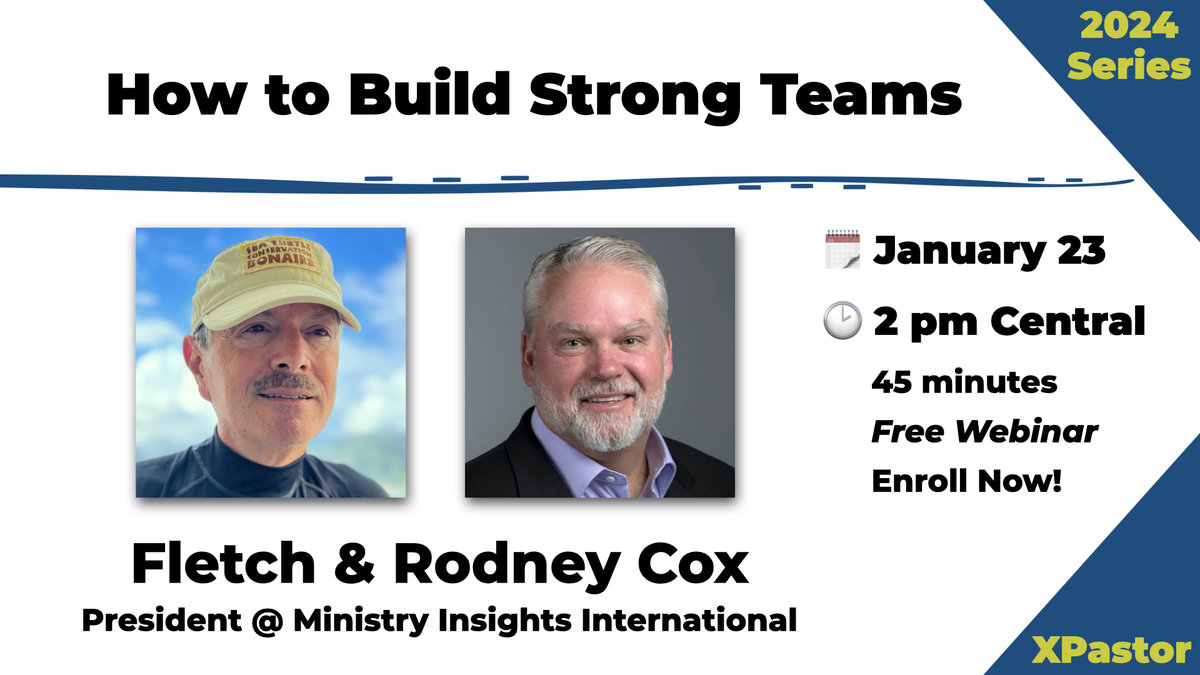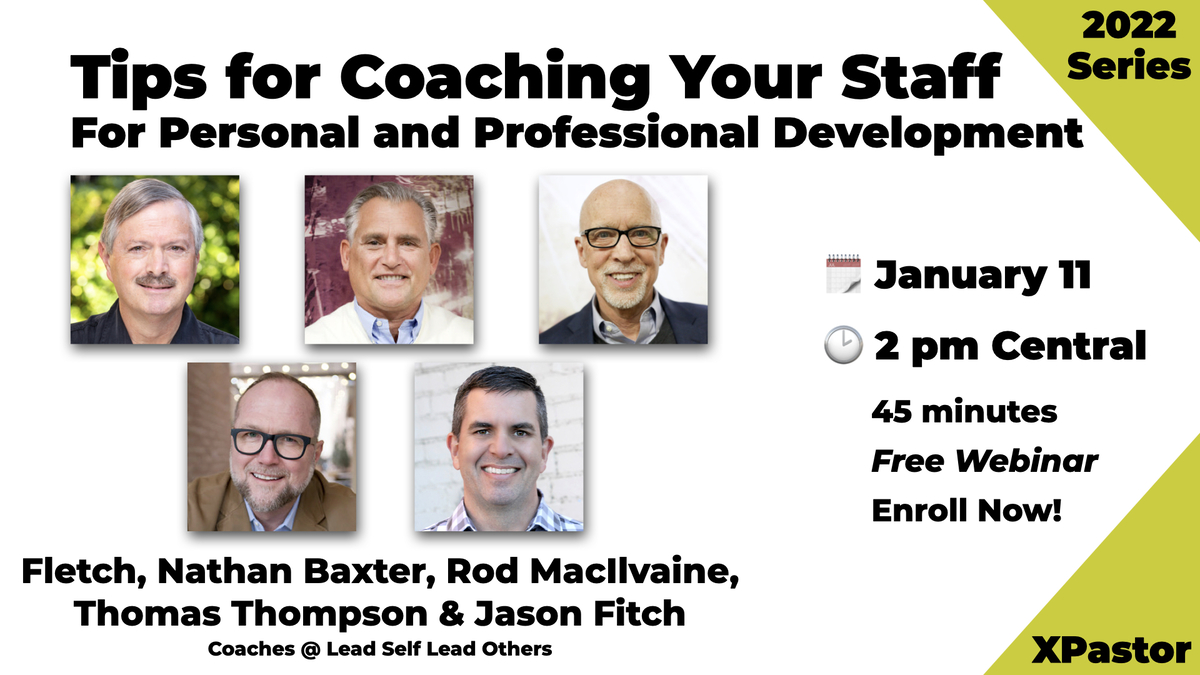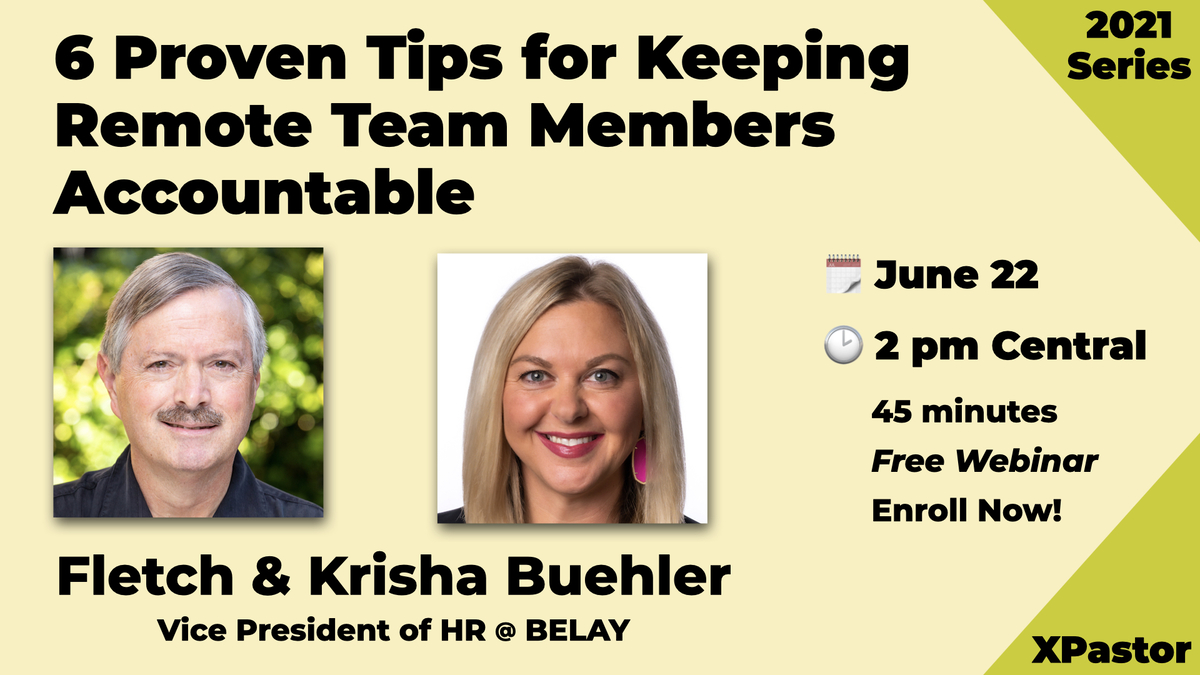This month my vision for serving and supporting leaders took a huge step! For several years, I have been working toward launching an annual event for business, government, non-profit, and ministry leaders. Like most endeavors, we’ve made a lot of progress at times … and there were times that I thought this part of my vision would die.
Several months ago, I sat at lunch with one of our city leaders talking about how we could better support businesses and organizations in our region. I mentioned my passion to provide a practical leadership event for leaders and asked for his feedback.
His face lit up as he blurted out, “I’ve wanted to do the same thing. In fact, tomorrow morning I am meeting with several community leaders to talk about how we can get it done.”
The next morning, in a local diner with five city and community leaders, we drafted a plan. Here’s the crazy part—the resulting plan included far more than the annual conference I had envisioned. In fact, this month we launched a series of events that will include:
- A monthly breakfast. A 30-minute catered breakfast and a 20-minute presentation of practical, proven practices for effective leaders. This event will be hosted the first Wednesday of the month at the Midlothian Conference Center.
- A quarterly lunch experience. A 2-hour working lunch that will introduce leaders to simple processes and systems that will dramatically improve their team and organization.
- An annual summit. A full-day leadership experience focused on the life and work of the leader—life and work balance, vision, plans, goals, priority management, and decision-making.
Each of these events will be highly practical experiences to provide leaders with simple, yet effective practices, processes, and systems that can be implemented into their work immediately.
As we prepared for our first breakfast event, we planned for 10-20 leaders. 35 showed up! It was one of my most encouraging experiences this year. And this experience reminded me of Six Secrets for Accomplishing Vision:
1. Leaders Fulfill Vision by Serving Others
Serving is rarely the first thing that comes to mind when you think of fulfilling vision. Most list hard work, systems, goals, success, and achievements long before considering service.
And yet, as Mark Miller has said, the best leaders are servant leaders—willingly placing the needs of those they lead ahead of their own needs, desires, and ambition.
It’s true—great leaders serve.
Several years ago, I was working with an executive of a large organization who was faced with a challenging decision.
During discussions about the decision, the executive made this revealing, off-the-cuff statement: “My goal is to survive a presidency here.” These few words, uttered in a moment of vulnerability, clearly communicated that he was most interested in self-preservation.
In self-preservation mode, it’s difficult, if not impossible, to serve others. In self-preservation mode, your greatest assets become your greatest threats. In self-preservation mode, we make irrational decisions that have long-lasting consequences.
I cautioned him. A decision to follow the majority opinion, in this particular instance, would adversely affect the growth the organization was experiencing.
It did. In fact, this one decision cost the organization millions of dollars in lost revenue. The organization has never recovered.
- Great leaders don’t make decisions like most people. Self-preservation doesn’t interest them.
- Most people work hard to fit in. Leaders find mediocrity boring, even repulsive.
- Most people are afraid. Leaders are courageous.
- Most people aren’t curious. Leaders believe that everything is an experiment.
- Most people are not intentionally growing. Leaders grow on purpose.
- Most people don’t really like change. Leaders understand that change is at the very core of leadership.
- Most people neglect the future. Leaders have huge, daunting, compelling vision.
- Most people are consumed by their personal agenda. Leaders serve.
- Your life and work are far too important to approach them like most people. In short, leaders aren’t most people.
- So roll up your sleeves. Lose the alter ego. Serve somebody … because you aren’t most people!
Are you going to serve or be served today?
2. No Hurry Needed
In his newest book, The In-Between, Jeff Goins writes, “Maybe the good stuff isn’t ahead or behind us. Maybe it’s somewhere in-between.” Take a few seconds and watch the book trailer—it’s the best I’ve ever seen!
Moments of waiting are what your life and work are all about—embrace the adventure that is the in-between.
Several months ago, I celebrated my fortieth birthday. There are moments in every life that seem to demand a pause—to reflect on the past and envision a future that can be. For me, turning forty was one of those moments.
Looking back, I’ve done a lot of waiting in my life. More than I ever expected. There have been many delays, detours, and postponements. Looking forward, I see more of the same—more waiting. More in-between. And that’s okay, because the in-between is “a place to slow down. Where we learn to be present in an increasingly noisy world. It’s the place where we learn to let go.” And live.
So after forty years, my only regret is…
…that I haven’t lived more in the moment.
So many things distract us from living life in the moment—success, work, projects, productivity, problem-solving, social media, email, even our dreams. Looking for the next big breakthrough—in our work, career, finances, with our kids, and in our relationships.
When you wonder, “When will it happen?” it robs us of what’s happening now.
I used to be one of those people who’d zip in the driveway and lower the garage door while getting out of the truck. In fact, most places I’ve lived, I never even knew the names of our neighbors next-door.
It’s different now. A couple of years ago, our family started doing something that we’d never done before—we started hanging out with our neighbors. Weird, huh?
A few weeks ago, one of our neighbors asked us to hang out with them for the day on their boat. To be honest, I had a lot of work to do and I was tired. But I knew I needed to spend time with my wife and our children. And I knew I would be encouraged by spending time with our neighbors. So we did.
For a couple of hours, my daughter and I bounced all over the lake in the wake of the boat, tightly gripping the handles of a big round tube. (No, there’s no video.) And I laughed more than I have in a long time.
Yes, I got behind on a couple of projects. And yes, I was sore the next day. Okay, for the next week! But living in the moment was worth it.
3. Keep Sharing It With the Right People
Vision is the foundation for all growth.
Vision allows people to determine if (and how) they fit within the culture and direction of the organization. You must be communicating the vision often enough to provide ample opportunity for them to self assess their performance, their vision, and their passion.
Your people want to be reminded why their work is so important and how their contribution is making a significant difference.
I’ve learned that you really can’t overcommunicate. Everyone processes information differently, so you shouldn’t communicate one way and expect everyone to get it. We should use every means possible, especially on really important messages—newsletters, blogs, email blasts, one-on-one meetings, department meetings, divisional meetings, and all-employee meetings.
There will be many who listen. Some will like it, a few will support it and a very few will help make your vision a reality. But you’ll only connect with them if you keep telling your story and sharing your dream.
Let’s face it, the journey is more enjoyable when you can share it with others. So when you identify those who love where you’re headed, free them to succeed by providing clear, tangible next steps. Show them what’s coming up—what’s just over the horizon.
They may just take it and run with it!
4. Be Prepared For It to Take Off
To be honest, I wasn’t fully ready for this part of my vision to take off this quickly. And when you’re not prepared for the unexpected, sometimes you’ll be derailed by it.
The phone rang.
Dad, can I stay over here and eat dinner?
I thought for a moment. Dinner is the one time every day we spend together as a family.
Baby, it’s best if you come home and eat with the family. Then you can go back and play with your friend.
It was quiet for a moment. But Dad, they said I could stay.
I know, baby. But mom and I would like to spend some time with you at …
Okay. Bye. Silence.
I placed the phone down and looked across the counter at Sarah. She could sense the hurt in my voice. She just hung up on me. She’s never done that before. What is happening to our little princess?
Dinner was somewhat awkward—long silences briefly interrupted by small talk.
After clearing the dishes from the table, Sarah and I sat down on the couch with Madison. Since this behavior was so uncharacteristic for our normally jovial, 8-year-old daughter, Sarah asked her to tell us what she was feeling.
Several more questions were followed by tentative responses from Madison. Then I asked Madison, How can we help you to respond more appropriately to mom and dad?
After what we’d experienced over the past hour, I half-expected to hear, If you would’ve just let me stay at my friend’s house …
So I was a bit surprised when she said, It would’ve helped if you had given me a time to come home. I just wasn’t prepared to come home.
Here’s what she was saying: When I prepare for what comes next, it’s easier to respond appropriately.
Leaders who think ahead and prepare for the unexpected:
- Respond appropriately
- Deepen relationships
- Support and energize the team and the organization
- Facilitate productive conversations, even in the face of conflict
- Grow personally and professionally
- Gain momentum
- Reach and exceed goals
- Develop new leaders
The truth is, you’ll never be 100% ready for anything. That’s the adventure of leading change. Everything is an experiment. So while you never know when vision is going to gain traction and take off, expect it when you least expect it.
5. Stop and Celebrate Along the Way
To have two to three times the anticipated attendees show up at our inaugural leadership event was a huge win! Fortunately, we had enough food.
After the last person left, I sat down with our organizers for a few minutes and discussed the event. Much of the conversation was celebrating the successful experience.
Sometimes it’s hard to see the progress when you’re in the midst of the work—you know, the whole forest and trees thing.
It’s easy to forget to stop and smell the roses. But your team needs to hear about the progress you’re making. And they need you to celebrate it—to celebrate them.
Enjoy the journey and celebrate progress! In your communications, talk about where you just came from. Celebrate even small successes. You, your team, and your organization will find more energy and passion when you do.
6. Vision is Never Accomplished, Only Fulfilled
If your vision is big enough, you’ll never be able to fully accomplish it.
We all have dreams. And most of us believe that we have a special gift … that we can somehow touch the lives of people in a meaningful way. That we can make the world a better place.
At some point in our lives, we’ve all had a vision for what our ministry would become.
What has happened to that vision? Is it being fulfilled? Has it taken a back seat to the busyness of ministry? Did it get lost somewhere in the journey through a cluttered and noisy life?
For many, the vision of what can be has vanished. For this very reason, I have committed the rest of my life to serve leaders in three ways:
1. Restore the dream. I’ve learned the importance of growing on purpose. I’ve experienced dramatic improvements in my life and work. And I want to pass it on.
Your life matters. It’s irreplaceable. Priceless! You are important.
So, who are you? What were you made to do? How do you want to be remembered? What will your legacy be? How does your ministry fit into your overall life?
2. See the vision become reality. Maybe you still remember the vision. But one day you just quit chasing it. Are you even making an effort anymore?
If not, what’s holding you back? Check out this article: 5 Things That Keep Successful People Moving Forward.
When you purposefully apply proven principles, you can immediately begin seeing measurable progress.
3. Take advantage of limitless resources. There is more available today for ministry leaders than at any other time in human history. There are also more distractions than ever before! So we must periodically stop long enough to remember the significant value of resources, both within us and around us.
You have unique abilities, experiences, knowledge, and opportunities that no one else has or ever will have. You are one-of-a-kind. No one will ever be able to do what you were made to do like you can.
So, think about what you do have—your calling, gifts, tools, relationships, and resources. How can you utilize these resources to achieve better results? What adjustments do you need to make to your priorities and decision-making?
So dream big—you’ll accomplish a lot more! Don’t just commit to the vision; pursue it with intensity and passion.
It’s true; if your vision is big enough, you’ll never be able to fully accomplish it. But you can fulfill it every day.
Make it a habit to take one step, no matter how small, toward your vision every day.











